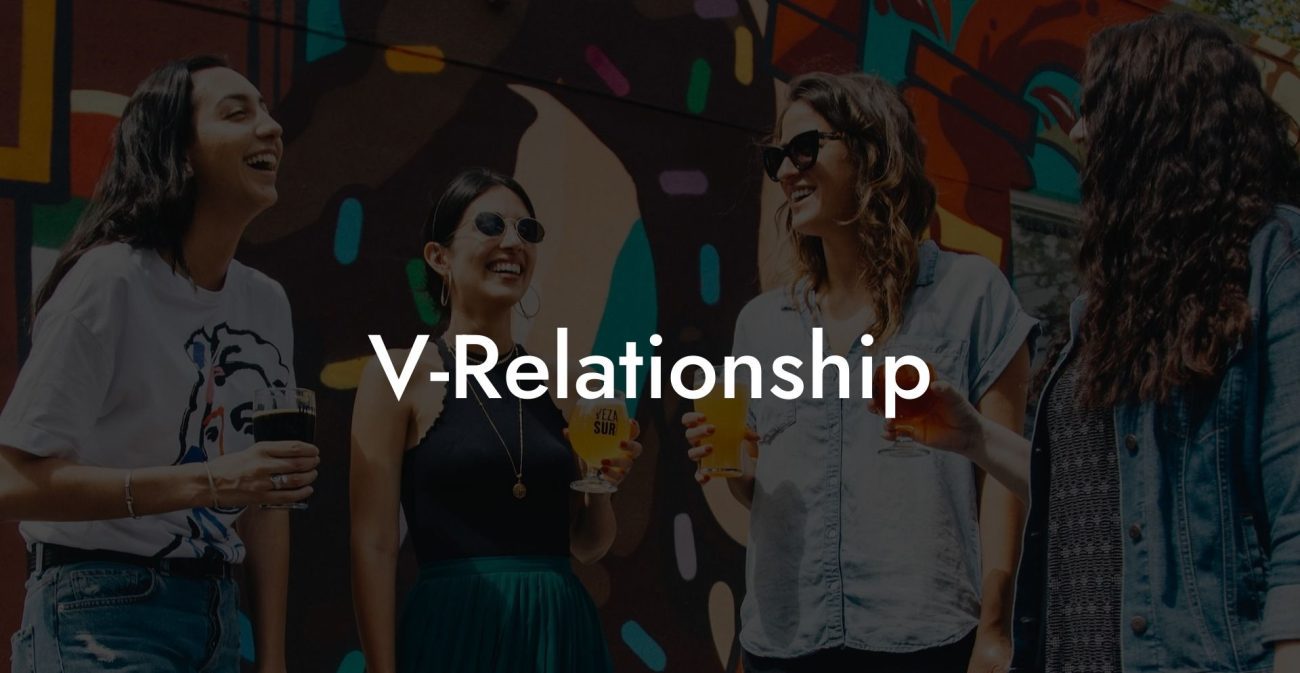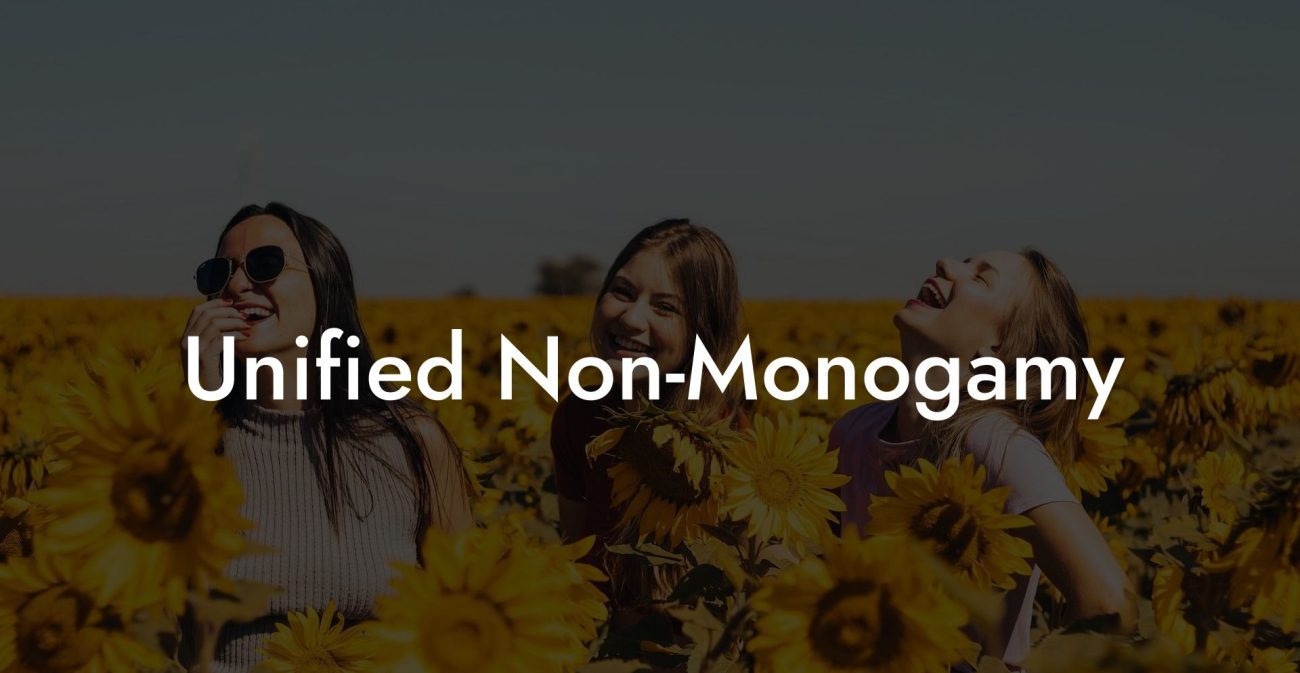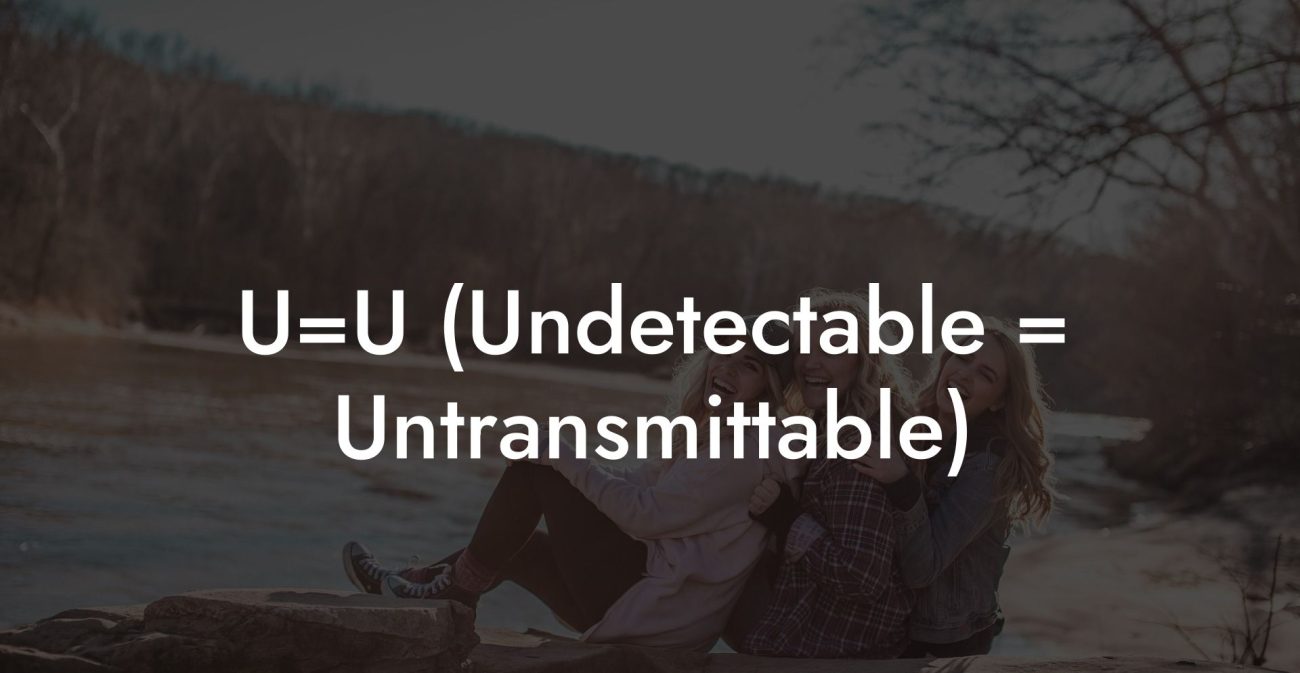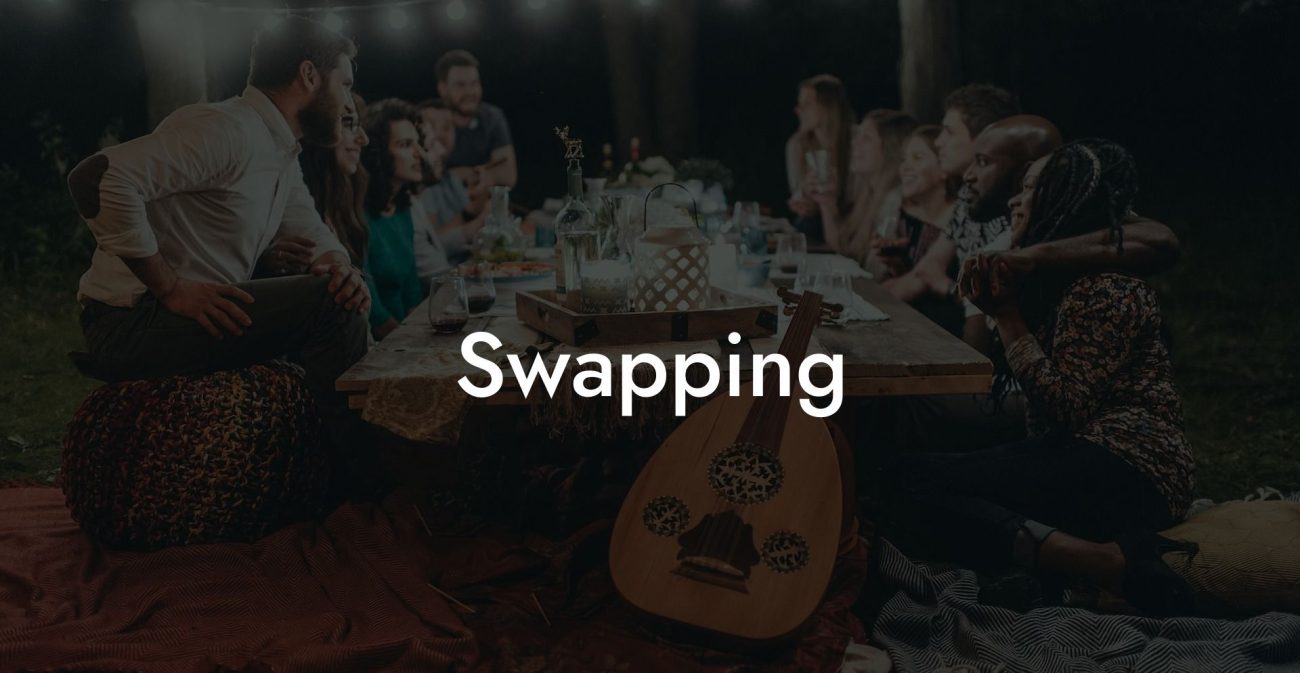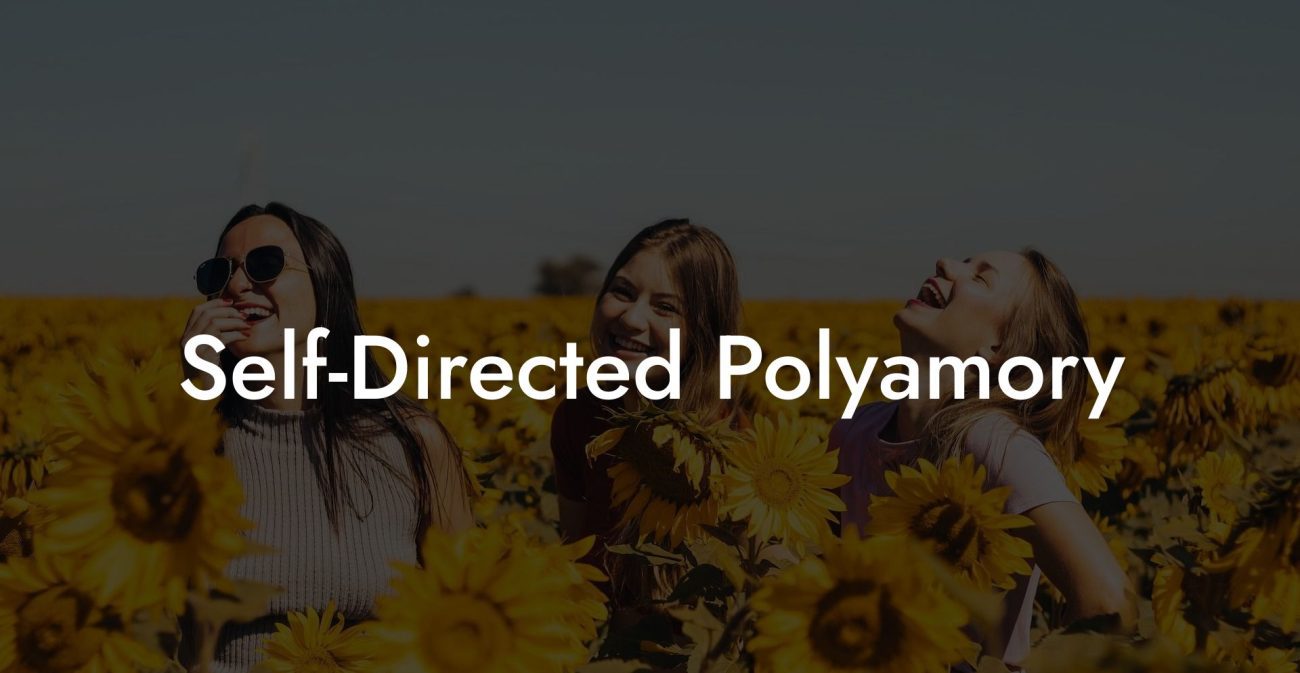Vibrant Plurality
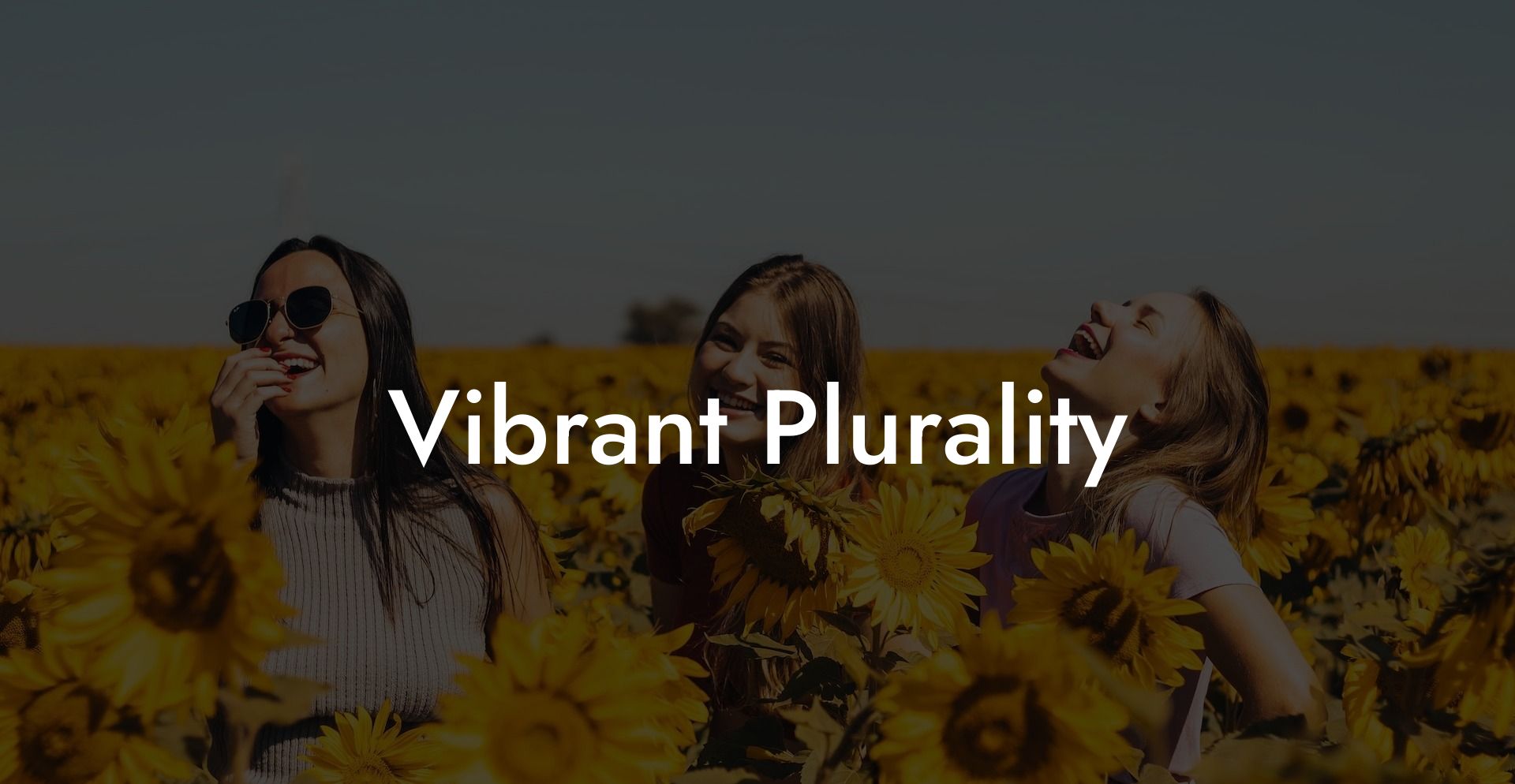
Imagine your love life as a dazzling kaleidoscope, where every twist reveals a new pattern of connections, each unique, radiant, and full of possibility. Welcome to Vibrant Plurality, a transformative concept in ethical non monogamy that celebrates the beauty of diverse, ever-changing relationships. In this model, love isn’t confined to a single definition or style; instead, it bursts forth in a spectrum of forms, each contributing to a rich, collective tapestry of intimacy and support. Get ready to dive into a framework that empowers you to embrace and cultivate a multifaceted love life, where every connection adds its own vibrant hue to your emotional masterpiece.
Quick Links to Useful Sections
- The Ethical Non Monogamy Term: Vibrant Plurality
- What Is Vibrant Plurality?
- Core Principles of Vibrant Plurality
- A Quick Video Explanation
- Historical and Cultural Perspectives on Vibrant Plurality
- From Singular Love Myths to a Tapestry of Connections
- Cultural Shifts in Modern Relationship Models
- Everyday Dynamics of Vibrant Plurality
- Embracing Your Emotional Palette
- Renegotiating Boundaries as Your Emotions Evolve
- Benefits of Embracing Vibrant Plurality
- Deepened Emotional Connections
- Personal Growth and Empowerment
- Improved Communication and Conflict Resolution
- Collective Resilience and Shared Support
- Challenges of Loving Spectrum
- Managing Emotional Complexity
- Balancing Individual Needs with Collective Connection
- Adapting to Continuous Change
- Navigating External Judgment
- Frequently Asked Questions (FAQ)
- Resources and Community Support: Your Next Steps
The Ethical Non Monogamy Term: Vibrant Plurality
What Is Vibrant Plurality?
Vibrant Plurality is a relational framework within ethical non monogamy that recognizes and celebrates the full spectrum of love and connection. It’s the idea that your capacity to love isn’t limited to a single mode or a solitary partner, but rather, it can expand to include a dynamic range of relationships, romantic, platonic, sexual, and even spiritual. In Vibrant Plurality, every connection is viewed as a distinct, yet integral, part of your emotional ecosystem, contributing its own color, texture, and energy.
This approach challenges traditional, monolithic views of love by inviting you to honor every aspect of your emotional experience. Whether you experience gentle, nurturing affection or bold, passionate intensity, Vibrant Plurality encourages you to see these variations as the building blocks of a fuller, more resilient love life.
Core Principles of Vibrant Plurality
- Inclusivity of Connection: Celebrate every form of love, acknowledging that each type of relationship, romantic, platonic, intellectual, or spiritual, enriches your overall experience.
- Dynamic Adaptability: Understand that your needs, desires, and boundaries may shift over time; be open to continuous evolution and renegotiation in your relationships.
- Emotional Integration: Embrace the idea that every connection contributes a unique “color” to your emotional palette, creating a comprehensive and multifaceted picture of intimacy.
- Open Communication: Maintain honest, ongoing dialogue with all partners to ensure that each relationship is nurtured, understood, and respected.
- Mutual Empowerment: Recognize that the growth and well-being of every partner enhance the overall network, creating a cycle of collective strength and support.
- Holistic Self-Expression: Encourage authentic expression in all relationships, ensuring that your true self is reflected in every connection.
A Quick Video Explanation

Historical and Cultural Perspectives on Vibrant Plurality
From Singular Love Myths to a Tapestry of Connections
For much of history, cultural narratives have championed the ideal of a singular, exclusive love, a pristine union often represented by monogamous relationships. These models emphasized stability and uniformity, leaving little room for the complex, diverse experiences of human connection. However, as the world experienced radical social changes through movements such as the sexual revolution, feminism, and the rise of polyamorous communities, people began to question these narrow definitions of love.
Early pioneers of ethical non monogamy observed that human hearts are capable of experiencing love in multiple, simultaneous ways. They began to articulate a vision in which love was not a limited resource but an expansive force that could manifest in myriad forms. Vibrant Plurality emerged from this progressive shift, symbolizing the idea that love is a continuously evolving mosaic, each piece adding depth and vibrancy to the overall picture.
Cultural Shifts in Modern Relationship Models
In our global, digitally connected era, the concept of Vibrant Plurality resonates powerfully, especially with Millennials and Gen-Z. These generations are increasingly drawn to relationship models that value diversity, fluidity, and authenticity. Online communities, social media, and progressive relationship podcasts have all played a role in spreading the message that love can be as diverse and ever-changing as the individuals who experience it.
Modern narratives emphasize that embracing a range of connections enriches your emotional life rather than diluting it. Vibrant Plurality champions the idea that every relationship, regardless of its form or duration, contributes to your personal evolution and collective resilience.
Everyday Dynamics of Vibrant Plurality
Embracing Your Emotional Palette
Living out Vibrant Plurality means actively engaging with the full spectrum of your emotional experiences. Here are some strategies to help you live this concept daily:
- Daily Reflections: Spend a few minutes each day journaling about your emotions. Identify which “colors” dominate your mood and consider how your relationships contribute to these feelings.
- Open Dialogues: Regularly discuss your emotional experiences with your partners. Share what aspects of your connection feel nurturing, which ones spark passion, and what new dimensions you’d like to explore.
- Creative Expression: Use art, music, or writing to visually or audibly represent your emotional landscape. This creative process not only helps process feelings but also celebrates the beauty of diverse connections.
- Flexible Relationship Practices: Be open to trying different forms of connection, from quiet evenings of deep conversation to energetic outings that stir passion, to capture the full range of your emotional spectrum.
Renegotiating Boundaries as Your Emotions Evolve
As your feelings shift over time, so too should your relationship boundaries. Vibrant Plurality encourages continuous adaptation of these boundaries to ensure that every connection remains healthy and aligned with your current self.
- Regular Check-Ins: Schedule periodic conversations with each partner to discuss whether your boundaries still reflect your needs.
- Feedback Loops: Create opportunities for honest feedback so that all partners can share their perspectives on the evolving dynamics of your relationships.
- Adaptive Agreements: Think of your relationship agreements as living documents that can be revised and updated as you grow and change.
Benefits of Embracing Vibrant Plurality
Deepened Emotional Connections
By celebrating the full spectrum of your emotional experiences, you cultivate relationships that are rich, layered, and resilient. Every connection adds its own unique texture, contributing to a more comprehensive and fulfilling emotional life.
- Layered Intimacy: Diverse connections create a multi-dimensional network of love that adapts and deepens with time.
- Enhanced Empathy: Experiencing a range of emotions fosters a deeper understanding of both your own needs and those of your partners.
Personal Growth and Empowerment
Vibrant Plurality is a journey of self-discovery. Embracing a wide range of relationships encourages continuous personal growth and reinforces your ability to love authentically.
- Increased Self-Awareness: Regular reflection on your emotional experiences helps you uncover your true desires and learn from each connection.
- Empowerment Through Diversity: Embracing varied forms of love reinforces your confidence and affirms that your capacity for connection is limitless.
Improved Communication and Conflict Resolution
Open, honest dialogue is essential for navigating a dynamic network of relationships. By continuously communicating your needs and experiences, you pave the way for effective conflict resolution and a more harmonious emotional network.
- Proactive Check-Ins: Regular conversations help to identify and address potential conflicts before they escalate.
- Empathetic Dialogue: Open communication fosters mutual understanding and facilitates constructive, empathetic resolution of disagreements.
Collective Resilience and Shared Support
The diversity inherent in Vibrant Plurality creates a robust, supportive network where every relationship contributes to your overall resilience. This collective support not only strengthens individual bonds but also creates a safety net for navigating life’s challenges.
- Shared Strength: A variety of supportive connections provides multiple layers of backup during tough times.
- Unified Growth: As each relationship evolves, the entire network benefits from the collective wisdom and shared experiences of its members.
Challenges of Loving Spectrum
Managing Emotional Complexity
With a wide array of connections, your emotional landscape can become incredibly complex. Balancing different emotional needs and expressions requires ongoing self-reflection and effective communication.
- Tip: Engage in regular journaling or meditation to process and understand your emotions.
- Tip: Schedule routine check-ins with your partners to ensure that every relationship is nurtured and that boundaries are adjusted as needed.
Balancing Individual Needs with Collective Connection
Ensuring that your personal emotional needs are met while contributing to a broader network of connections can be challenging. Conflicts may arise when individual desires conflict with the overall vision of your Loving Spectrum.
- Tip: Maintain honest dialogue with your partners about your expectations and be open to negotiating boundaries that honor both personal and collective needs.
- Tip: Practice empathy and active listening to ensure that every perspective is considered in your emotional network.
Adapting to Continuous Change
Love, like a spectrum, is always shifting. As your emotional needs and relationships evolve, you must be willing to adjust your boundaries and agreements. This ongoing process can sometimes create uncertainty.
- Tip: Embrace change as a natural and positive part of your emotional journey, and view each adjustment as an opportunity for growth.
- Tip: Regularly revisit your relationship agreements and make iterative changes to keep your network aligned with your current self.
Navigating External Judgment
Despite progressive cultural shifts, traditional societal norms may still challenge the idea of embracing a multifaceted love life. External criticism can lead to self-doubt or the pressure to conform to more conventional models.
- Tip: Build a supportive community of like-minded individuals who celebrate diverse expressions of intimacy.
- Tip: Focus on your personal growth and the intrinsic value of your unique connections, letting external opinions fade into the background.
Frequently Asked Questions (FAQ)
1. What is Loving Spectrum in ethical non monogamy?
Loving Spectrum is the concept that views love as a continuous range of emotional expressions and connections, where each relationship contributes a unique color to the overall canvas of your life.
2. How does Loving Spectrum differ from traditional models of love?
Traditional models often focus on singular, exclusive bonds, whereas Loving Spectrum celebrates the diversity and fluidity of multiple, coexisting relationships that together create a richer emotional experience.
3. What are the core principles of Loving Spectrum?
The core principles include embracing a diversity of connection, fluidity of emotional expression, holistic integration of different forms of intimacy, open communication, adaptive boundaries, and mutual empowerment.
4. How can I practice Loving Spectrum in my everyday life?
Practice by engaging in regular self-reflection, maintaining open dialogues with your partners, creatively documenting your emotional experiences, and being willing to adapt your relationship boundaries as your needs evolve.
5. What benefits does Loving Spectrum offer?
Benefits include deeper, more layered emotional connections, increased self-awareness and personal growth, improved communication and conflict resolution, and a resilient, supportive network of relationships.
6. What challenges might I encounter with Loving Spectrum?
Challenges can include managing the complexity of diverse emotional experiences, balancing individual needs with collective connection, adapting to continuous change, and navigating external societal pressures.
7. How important is communication in Loving Spectrum?
Communication is crucial, it ensures that every connection is nurtured, that boundaries are regularly renegotiated, and that your dynamic emotional landscape remains aligned with your true self.
8. Can Loving Spectrum be applied to both monogamous and non monogamous relationships?
Yes, the concept of Loving Spectrum is universal and can enrich any relationship model by promoting an expansive, multifaceted approach to love.
9. How do adaptive boundaries contribute to Loving Spectrum?
Adaptive boundaries allow your relationships to evolve naturally as your emotional needs change, ensuring that every connection remains healthy, consensual, and reflective of your current self.
10. What role does self-reflection play in Loving Spectrum?
Self-reflection is essential, it helps you understand your evolving emotional needs, track your personal growth, and adjust your relationships to remain aligned with your authentic self.
11. How do shared experiences enhance Loving Spectrum?
Shared experiences add depth and meaning to your emotional connections, creating a vibrant, interconnected network that enriches your overall love life.
12. Where can I find additional resources on Loving Spectrum and ethical non monogamy?
Additional resources include books like The Ethical Slut by Dossie Easton & Janet Hardy, podcasts such as Multiamory, and online communities like r/polyamory that explore innovative, adaptive approaches to love.
Resources and Community Support: Your Next Steps
- The Ethical Slut by Dossie Easton & Janet Hardy – A foundational text that provides insights into ethical non monogamy and strategies for cultivating a rich, multifaceted Loving Spectrum.
- Podcasts: Listen to Multiamory and similar shows for expert advice, personal stories, and creative ideas on nurturing your Loving Spectrum.
- Online Communities: Join forums like r/polyamory to share experiences, ask questions, and connect with others who celebrate diverse expressions of love.
- Workshops and Webinars: Attend events on relationship psychology, ethical non monogamy, and creative communication to deepen your understanding and expand your support network.
- Therapy and Counseling: Consider professional guidance if you need help managing complex emotions or navigating the evolving dynamics of your Loving Spectrum.
By engaging with these resources and incorporating the practical strategies outlined in this guide, you can fully embrace Loving Spectrum as a transformative approach to connection. Celebrate the full range of your emotional experiences, nurture each unique bond, and let your love expand into a vibrant, ever-evolving tapestry of authentic, empowered intimacy.
Lost & confused by all of the terms, types and seemingly made up 3 letter acronyms?? We've got you. Check out our Ethnical Non-Monogamy Dictionary >>
Useful Interruption: Not sure which relationship vibe fits you best? Take our Relationship Test, it’ll give you the real insight into your natural relationship style. Then, dive into our binge-worthy guides (from the tried-and-true to the “wait, that’s a thing?”) and find the perfect relationship type for your life:
- Monogamy
- Open Relationships
- Ethical Non-Monogamy
- Solo Polyamory
- Non-Hierarchical Polyamory
- Hierarchical Polyamory
- Relationship Anarchy
- Swinging
Now back to the main article but yeah take the test...

